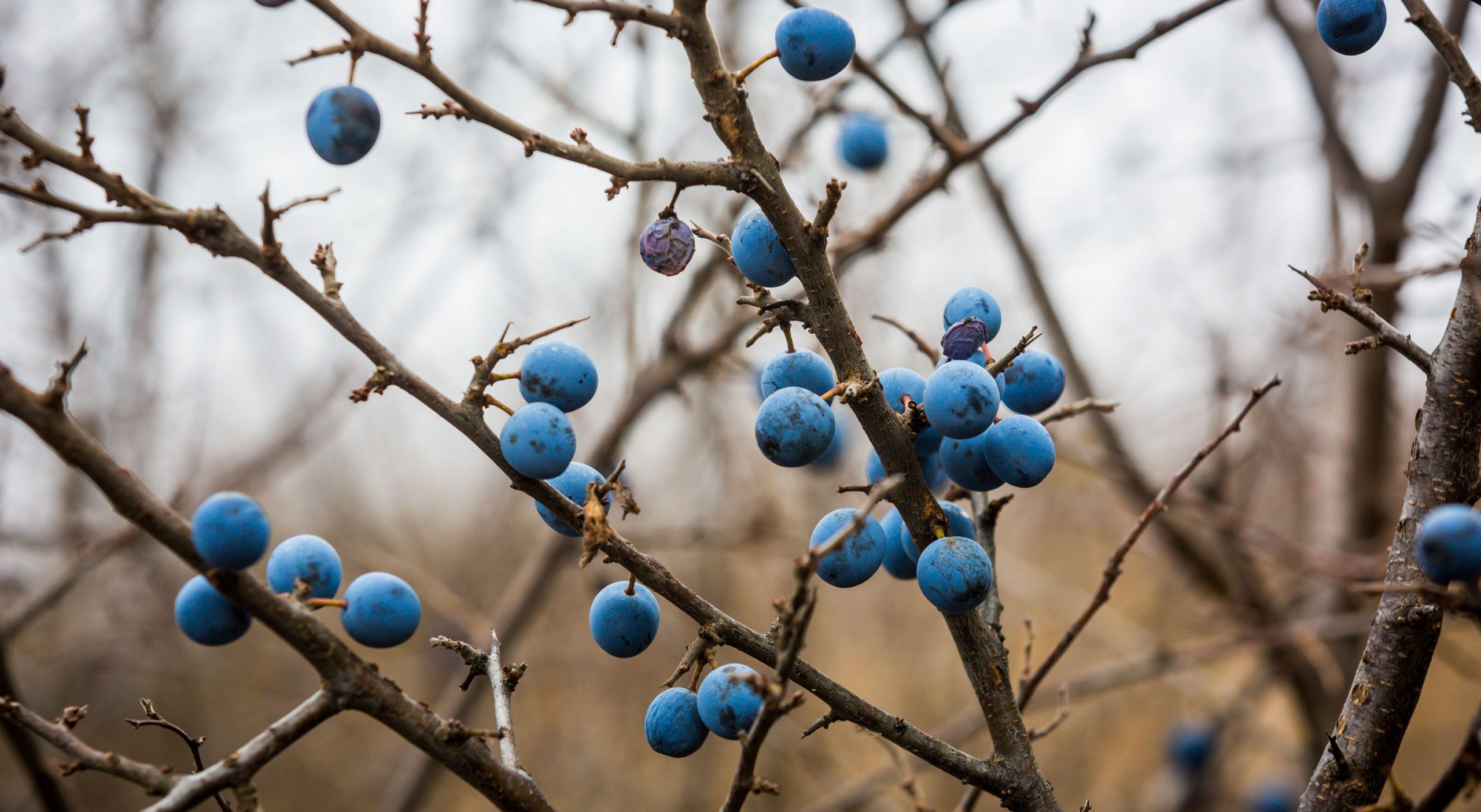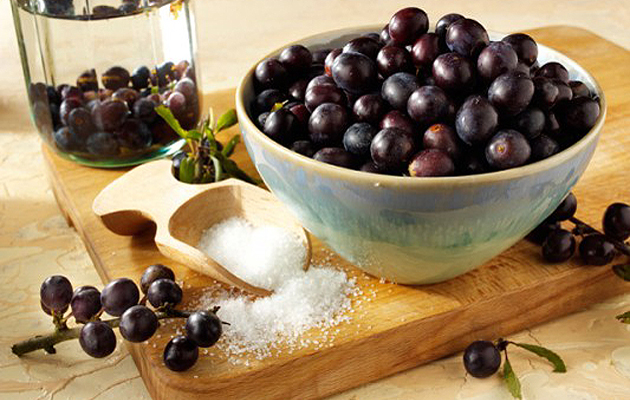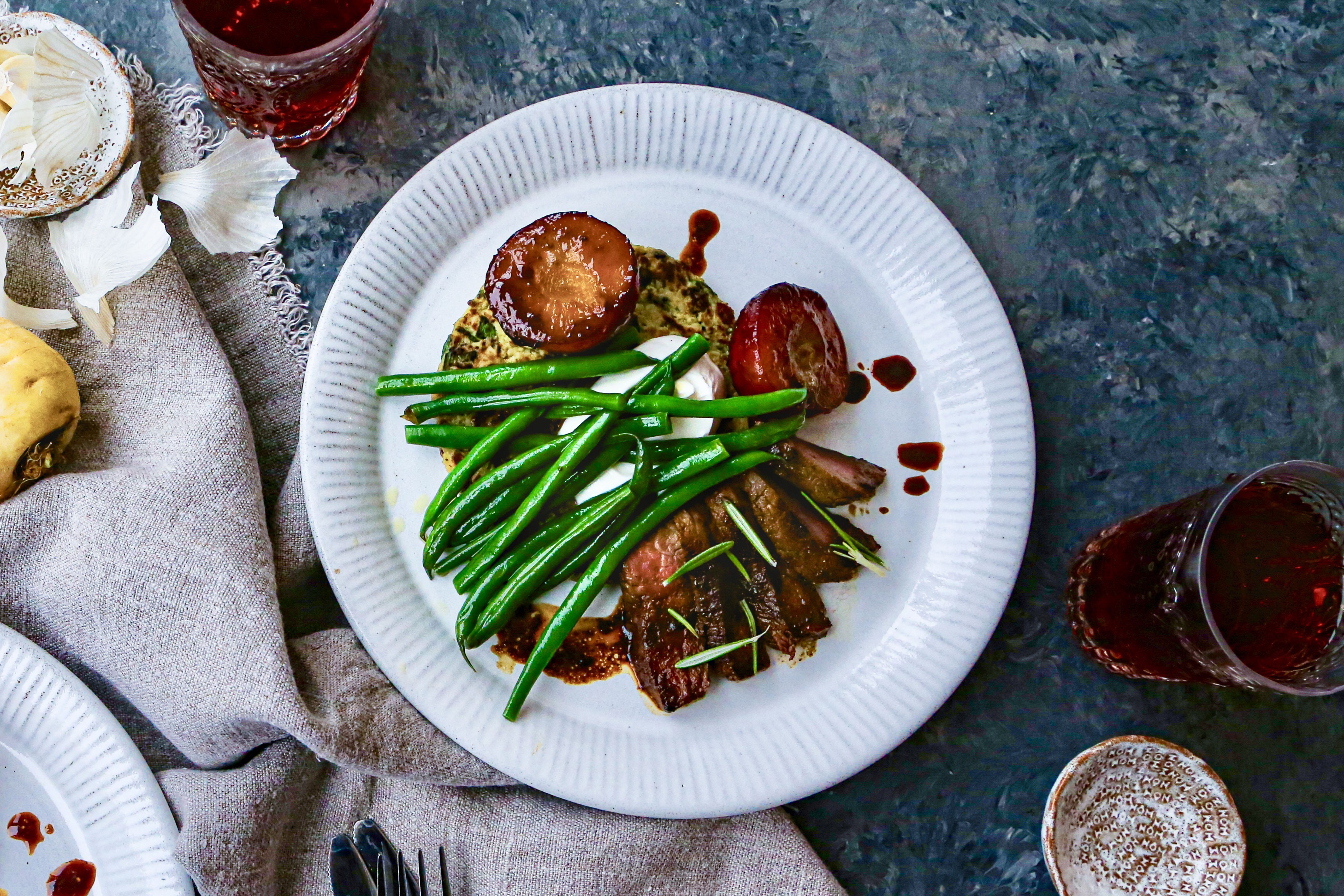Foraging for sloes: 'Are we not actually closest to Nature, valuing it most, when we pick it — when we are inside the food chain ourselves?'
On his annual October sloe-picking harvest, John Lewis-Stempel admires redwings, greenfinches and wood mice gathering their haul of autumn’s bountiful berries.


Not so long ago, and not so far away, farming and foraging were twins. A farm was expected to provide in every way it could, whether the food was grown in a field, shot by a Churchill 12-bore or plucked from the wild trees and feral hedges. My mother, a hop farmer’s daughter, was dispatched hedgewards to gather blackberries, sloes, hazelnuts, elderberries and rosehips as a matter of course in the autumns of the 1940s.
Today, the only popular vestige of the old-time ‘hedgerow harvest’ is blackberry picking; I sometimes oblige my own children to procure hazelnuts and crab apples, but even when doing so I am aware that this is a constructed middle-class experience, something good for them in the same way that violin and fencing are beneficial: ‘A nature ramble along the hedge with father.’
Is there not a sort of madness in our food habits? We import açaí berries from the Amazon rainforest (which contain 9.1mg per 100 grams of vitamin C), ignoring our own native superfruit, the rosehip, which boasts 426mg. And the food miles involved in harvesting rosehips? Quite often, none at all. The dog rose, Rosa canina, inhabits almost every lane in Britain below the tree line.
I am musing on all this as I proceed along the farmside track, scrumping from the hedge, feeling like the last peasant in England. There is a saying that October has 21 fine days and this is one of them. The sky is blue and blinding and there is a Klimt-gold glint to the hedge and gold filings of fallen leaves on the stone. A common blue butterfly flutters around me — a tumbled mosaic tile from the lapis-lazuli dome above.
I have reached the rambly section of the farm hedge, 30 yards of arboreal wall, clasped by wild clematis and ivy and bramble, studded with wild rose and hawthorn and blackthorn. Every once in a while, there is a wizened, slouched elder and a hawthorn bush debating whether to go tree and, every so often, dangerously charming red-and-green necklaces of bryony are wound around slender limbs of hazel. Black bryony (Tamus communis) has an ancestry as exotic as its appearance; it is the sole native member of the yam family. However, our bryony is poison from root to berry.
"Nature’s motto for humans is ‘no gain without pain’. The globose sloes are protected by two-inch woody spikes"
The gale yesterday, a Norse ripper, defoliated the tallest tree, an ash, to reveal the blot of a magpie’s nest. The same wind from the north brought a host of redwings, which are now pillaging the rowan trees in the orchard, chattering, their mouths untidy scarlet from gorging on the bloody berries. I like redwings and I like, too, the way the pristine wilderness of the far north trails on their wingbeats. Yet redwings are the darts of winter in any hope that fine days will linger. Something about the redwings’ rapaciousness, their focused intent, makes me push on, pick harder, faster.
It seems inherent in animals, this desire to stock the larder in autumn or to put on fat — which is much the same thing. Alongside me, a berry-eyed wood mouse is harvesting the hawthorn fruit, running stuffed-mouthed down the tree to its tunnel home, where the haws will be cached. Five yards further up the hill, a post-breeding flock of greenfinches is busy stripping another hawthorn. The wind is gentle with us today and, above the slight rippling of the hedgerow leaves, I can hear the rhythmic cracking of the haw stones in the birds’ anvil beaks.
Exquisite houses, the beauty of Nature, and how to get the most from your life, straight to your inbox.
My mission this morning is collecting sloes. Make hay while the sun shines is the farmer’s maxim; picking hedgerow berries when Jack Frost visits is the forager’s. Sloes, the fruits of the blackthorn, are the wild great-grandparents of the damson; only the purple colour of the skin suggests the genetic connection — the damson is sweet; the dayglo green flesh of the sloe, when bitten into, makes the mouth wafer-dry. Frost sweetens the sloes, although further alchemy, in the kitchen and cellar, is required for most human tastes.
All hedgerow fruits possess a design of temptation: rosehips proffer themselves on the end of bare wires, blaring red lights and viewable for country miles; purple elderberries hang in luscious chandeliers; sloes themselves cluster their twigs, juicy mass in small space. This is a good year for sloes locally and I dream during my work of the country Christmas treats of sloe gin, game sauce, sloe jelly and my pièce de résistance, chocolate sloes (see recipe below).
Although, Nature’s motto for humans is ‘no gain without pain’. The globose sloes are protected by two-inch woody spikes. I’ve tried picking with leather gloves, but they are clumsy, so I am back to bare hands; the blackthorns have made scarlet berries of my blood.
However, is this a bad thing, to experience Nature red in thorn? Observing Nature really only makes use of the senses of sight, hearing and smell. Do we not miss something if our fingers have never felt the sealing- wax smoothness of the rosehip, suffered the scratch of the bramble or rubbed the dull dust of yeast from a sloe’s skin to reveal the intense, lustrous purple below? And are we not actually closest to Nature, valuing it most, when we pick it — when we are inside the food chain ourselves?
Such is my menu of thought this October morning, when the sky is blue and blinding, the redwings are gorging. And the sloes are as big as grapes.
Twice crowned victor of the Wainwright Prize for Nature writing, for ‘Where Poppies Blow’ and ‘Meadowland’, John Lewis-Stempel’s latest bestselling book, ‘Woodston: The Biography of an English Farm’, was published in July (Doubleday, £20)
How to make John Lewis-Stempel's chocolate sloes
Ingredients
- 6oz gin-soaked sloes
- 8oz 70% dark chocolate (ideally organic)
- 1 level dessert spoon of wildflower honey
- Rice paper
Method
Chop the flesh off the sloes, add to the melted chocolate and stir in the honey. Let the confection set on the rice paper, then cut into squares. Et voila!

How to make perfect sloe gin
Follow our perfect sloe gin recipe to make the best sloe gin in preparation for your local opening meet.

Credit: Country Life Picture Library
Sticky sloe gin venison steaks with parsnip and spinach rösti
Thank Melanie Johnson for this deliciously seasonal addition to your recipe roster.
When will your fruit be ready to pick? A complete A-to-Z guide to fruit in the gardens of Britain
From apples to strawberries, here's when the fruits in your garden will be ready to pick.
